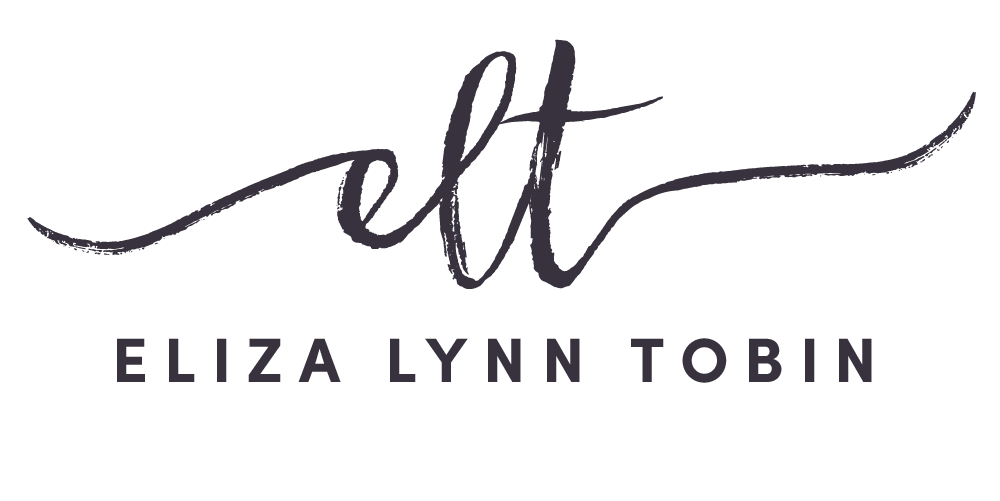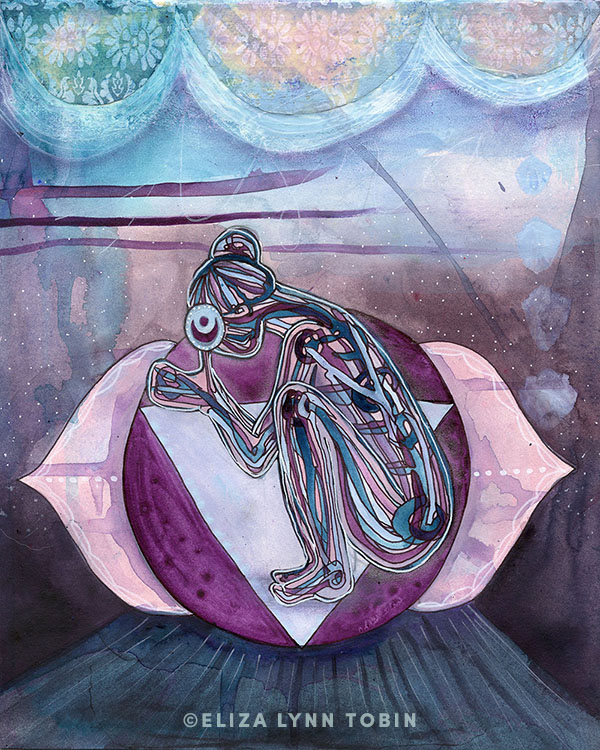I find that my yoga practice is one of ebb and flow. There are times when getting on my mat is easy and other times when I really have to dig in to get myself there. Every so often, I create a yoga manifesto for myself to serve as a reminder of why I get on my mat and what I love about my practice.
A yoga manifesto helps me reignite my love for my yoga practice.
What exactly is a manifesto? A manifesto is a declaration of what is important to you about your practice, what your intentions are for your practice. It reminds you why you love your yoga.
What creating a manifesto can do for you:
- It can help create a focus + intention for why you practice.
- It inspires you to get on your mat even when you don’t feel like it.
- It helps you clarify why you believe in your yoga
- It helps you live your yoga off the mat
Here’s a couple of beautiful examples of manifestos:
I love stumbling across beautifully articulated manifestos that inspire me. The good ones make me feel like the creators know how I want to feel.
Here are a couple of great ones:
Do those examples inspire you to want to create a manifesto? Do they make you want to reinvigorate your practice with a reminder of why you started doing yoga in the first place? Here is my step by step process for creating a yoga manifesto of your own.
The Step by Step guide to creating a yoga manifesto of your very own:
Follow along below or check out this 6 minute video I created for you:
1. Set your intention
What is your intention for your manifesto? Do you want to create one to help you discover what you believe in? Do you want it to help you unfold your vision of how yoga lives in you? Perhaps you could simply have the intention to finish the sentence, “I practice yoga because….”
Whatever it maybe, take a moment to close your eyes, take a deep breath and set your intention for creating your manifesto.
2. Gather your materials and inspiration
With your intention in mind, what materials do you want to use to create your manifesto? Perhaps just pen and paper will do it. Or you could try splashing around some paint as your background. You could look through some magazines for inspiring images or print words/images you find on the internet to help inform your manifesto.
Whatever you decide to do, gather everything that you will need for the creation of your manifesto.
3. Set up your space
Clear an area where you can work and put all your materials + bits of inspiration out in front of you.
Establish a beginning ritual. This could be as simple as closing your eyes and chanting an Om or lighting a candle. I like to clear my energy and the the energy around my space by burning a smudge stick. You could turn on some music or grab yourself a cup of tea.
Do whatever you need to do to bring yourself fully into the space and into your intention to create your manifesto.
4. Brain dump your ideas
Begin with a plain sheet of paper and some markers or pencils. Start dumping all of the ideas you have for your manifesto onto the paper. This is just a brainstorm, so it doesn’t have to be pretty.
You could you use one of the following prompts to get you started. Write one of the following in the center of your page and then map out any thoughts that come up around it:
- I practice yoga because…
- What I love about yoga is…
- Yoga lives in me because…
- I am committed to my yoga practice because…
- Yoga inspires me because…
5. Paint
Choose a couple of colors to work with and start by wetting down the surface of your page. Begin to fill the paper with color. Let the paint drip and move across the page. Use your fingers to paint, add lines or splatters. The point is to fill in the background of your page.
This is a good time to turn up the tunes and let yourself play.
You can even work on a couple of pieces of paper at a time (working on one while the other dries) so that you have a couple of backgrounds to choose.
Pro tip: Start filling the page with all cool colors (greens, blues, purples) OR all warm colors (reds, oranges, yellows) first. Then let those colors dry before adding the opposite (cool or warm) colors. This will help prevent your colors from getting muddy!
6. Write your manifesto
Taking your brain dump ideas, begin to write or draw or collage on the words to your manifesto. You can use the brain dump as a jumping off point, but if something else comes up while you are working, write it out! If you aren’t comfortable using your own handwriting, you can collage words onto your page, or type it up and cut + glue the typed version down. You could also write it out in pencil first and then go over it with a marker or pen.
7. Put it someplace you can see it
Find a place to put your new manifesto where you will see it and be reminded of why you practice yoga. Maybe frame it and put it in your bedroom so you see it first thing when you wake up!
What’s your yoga manifesto?
Write it in the comments below or share your creation on instagram or twitter using the hashtag #myyogamanifesto. I'd love to see what you come up with!





















































